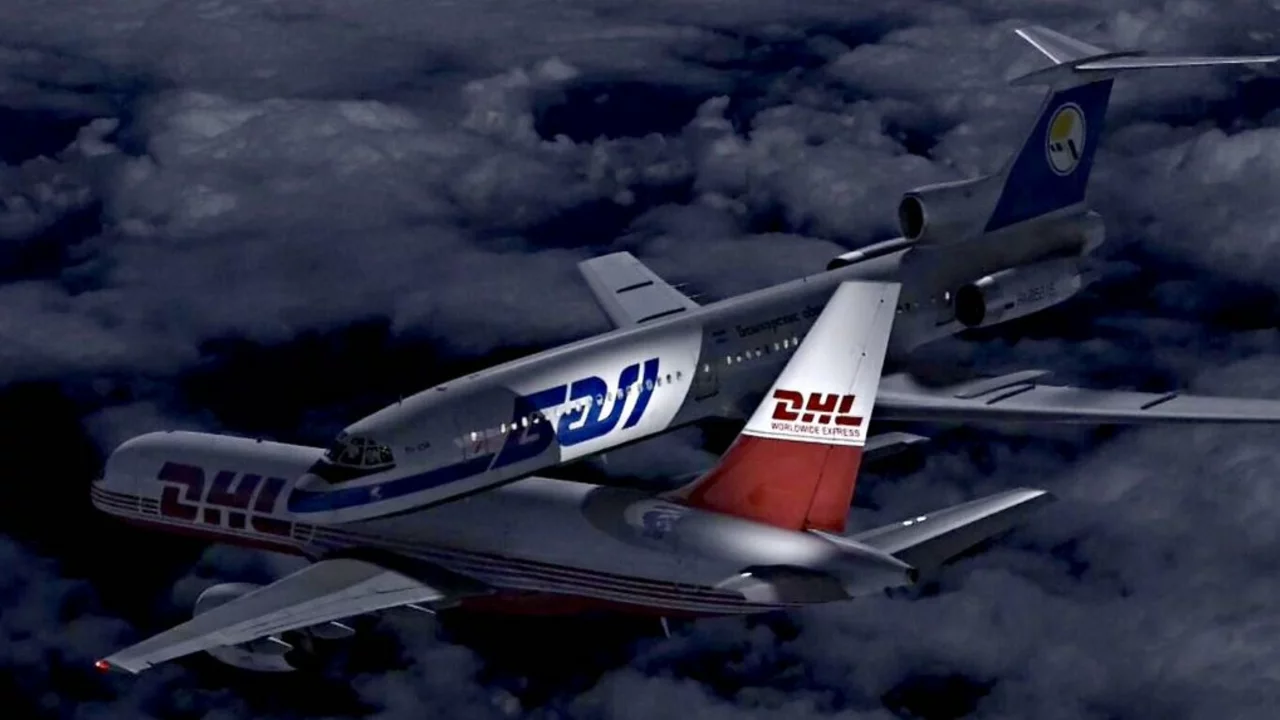Collision History: how to track when events, reports and decisions collide
Collision history means mapping moments when different stories, institutions or people run into each other — a court order vs an official recruitment, media versions of the same event, or two agencies claiming authority over the same place. For anyone following politics or election news, spotting these collisions helps you separate noise from facts and see patterns that matter.
Why collision history matters
When things collide, real consequences follow: jobs can be canceled, trust can fall, and voters react. Think about a recruitment exam that a court scraps while officials insist everything was proper. Or a border decision announced one day and reported in different tones by multiple media houses the next. Tracking the collision shows who changed course, who benefits, and what questions remain unanswered.
How to build a clear collision history
Start with a simple timeline. Note dates, names, and official documents. Put the court order, the agency statement, and key news reports side by side. A two-column spreadsheet works well: one column for official actions (orders, resignations, notices) and the other for public responses (headlines, social posts, press releases).
Always pull primary sources first. Court judgments, government notifications, FIRs, and candidate affidavits are stronger than summaries. If a High Court cancels a recruitment and names officials, the judgment text is the reference point. Then compare how different outlets reported it — did they quote the judgment correctly? Did they add extra context or omit facts?
Look for direct conflicts, not just spin. A conflict could be dates that don’t match, a quoted official denied later, or an agency saying no probe is pending while a judge mentions compromised integrity. Highlight those gaps and prioritize finding documents that settle them.
Check timelines across actors. Who spoke first — the commission, the court, the accused, or the media? Early statements often shape public perception. Later corrections or resignations tell you how strong the collision’s impact was.
Use short checks to avoid bias. Ask: does independent documentary evidence back this claim? Has the same claim been repeated by outlets with different political leanings? Is there a legal record accessible that confirms or contradicts public statements?
Map motives and incentives. When two institutions clash, each has reasons: reputational risk, legal exposure, or political pressure. Noting these motives helps explain why a story escalated or why officials reacted the way they did.
Keep a public record trail. Save PDFs of judgments, screenshots of official notices, and full text of news articles (not just headlines). File names with date and source make later comparison fast.
Finally, be ready to update. Collision history is dynamic. New evidence can change the narrative: resignations, probe orders, or fresh leaks can shift responsibility. A timeline that stays current makes your analysis useful and credible.
Tracking collision history turns scattered headlines into a clear map of who did what and when. That map helps journalists, researchers, and voters ask the right questions — and spot the moments that really matter in India’s political story.

Has there ever been a mid-air plane collision?
Oh boy, fasten your seatbelts folks, because we're about to take a turbulent trip through aviation history. Believe it or not, mid-air plane collisions have happened before, and I'm not just talking about in Hollywood blockbusters. In fact, one of the most infamous cases was the 2002 Überlingen mid-air collision, a truly shocking event that taught the world a lot about the importance of air traffic control. It's a bit of a bumpy ride to think about, but hey, even a tiny bit of turbulence can make for an interesting flight, right? So, next time you're cruising at 30,000 feet, remember to appreciate those air traffic controllers on the ground, they're the unsung heroes making sure your flight doesn't turn into an unplanned airshow!